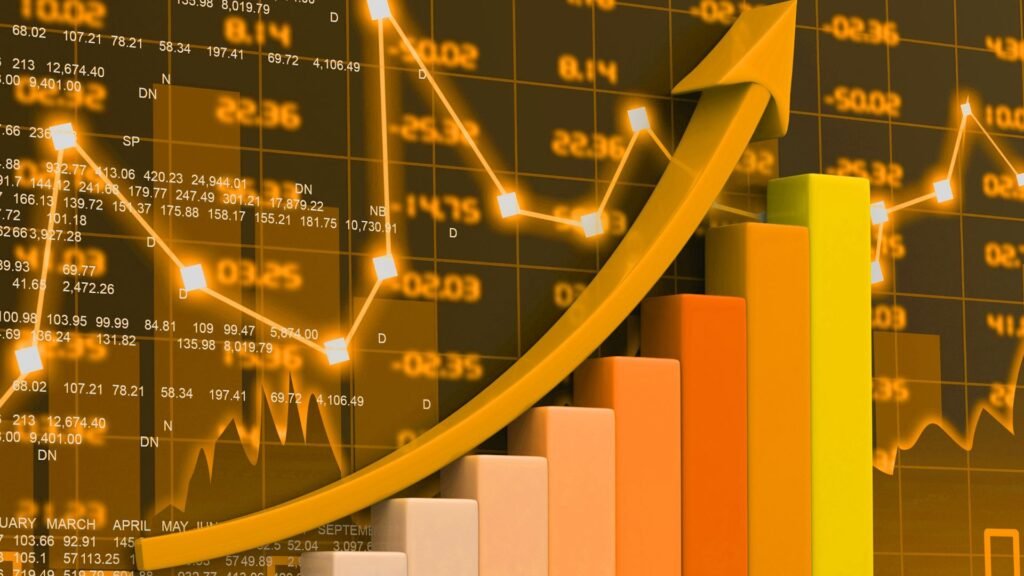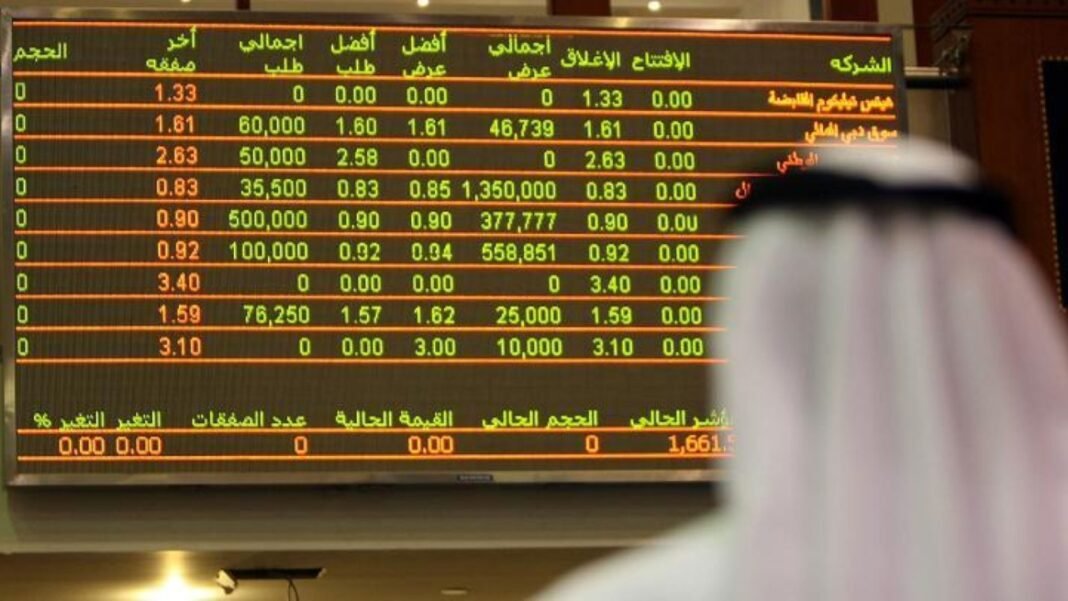As the sun dawned on Sunday, Gulf stock markets across the Gulf region found themselves in a delicate balancing act. Investors, with eyes keenly fixed on the horizon, weighed the prospects of the upcoming Federal Reserve meeting. The central bank’s decisions would undoubtedly ripple through the financial landscape, and the stakes were high.
Understanding Gulf Stock Markets Dynamics

The Gulf region, encompassing countries such as Saudi Arabia, Qatar, Kuwait, Bahrain, Oman, and the United Arab Emirates, hosts vibrant stock exchanges that mirror global economic trends while reflecting regional nuances. These Gulf stock markets serve as vital platforms for investors seeking exposure to diverse sectors ranging from energy and finance to real estate and industrials.
Factors Influencing Gulf Stock Markets
Several factors influence the Gulf markets’ performance, including:
- Global Economic Indicators: Events such as the Federal Reserve meetings, announcements of economic data from major economies, and geopolitical tensions can significantly impact investor sentiment.
- Regional Developments: Local policies, oil prices, infrastructure projects, and geopolitical stability play pivotal roles in shaping market dynamics.
- Sectoral Performance: Each sector within the Gulf markets responds differently to economic stimuli, with industries like energy and real estate often exhibiting distinct patterns.
The Fed’s Meeting is Coming Soon

The Federal Reserve, which helps decide on global money rules, was preparing to meet. People wondered whether interest rates would stay the same or change. Investors were concerned because what the Fed said could influence how people felt about the markets. This was a big deal in the Gulf because their economy is so closely tied to the rest of the world.
Qatari Benchmark Index: A Tenuous Balance
The Qatari benchmark index tiptoed cautiously. Marginal gains in industrials, utilities, real estate, and energy sectors provided a fragile buffer against losses in finance, materials, consumer staples, and communications. Qatar National Bank, the region’s largest lender, and Qatar Islamic Bank both dipped by 0.6%. However, Qatar Navigation bucked the trend, climbing 3.6%.
Saudi Arabia’s Resilience
Saudi Arabia’s benchmark index defied the cautious mood. Extending its rally for a fourth consecutive session, it rose by 0.3%. Most sectors painted themselves in shades of green. ACWA Power surged an impressive 8.6%, while Ades Holding followed suit with a 3.5% rise. Saudi Advanced Industries stole the spotlight, shooting up by 10% after reporting a robust 48.5% increase in full-year net profit.
Egypt’s Blue-Chip Blues
Beyond the Gulf, Egypt’s blue-chip index bore the brunt of the market’s uncertainty. Having risen in the previous session, it now fell by 0.8%. Almost all sectors wore a crimson hue. Eastern Company dropped by 5.1%, and E-Finance declined by 5.6%. The European Union’s announcement of a 7.4 billion euro ($8.1 billion) funding package and an upgraded relationship with Egypt added to the mix, signaling a push to strengthen ties with Europe.
Gulf Stock Markets Snapshot
According to a Reuters report, in the recent trading session, Saudi Arabia’s stock market, represented by.TASI, saw a modest rise of 0.3%, reaching a value of 12,762. Meanwhile, Kuwait’s market, indicated by.BKP, remained unchanged, ending flat at 8,147. Similarly, Qatar’s market, denoted by.QSI, also ended flat, maintaining a value of 10,258.
However, Egypt’s stock market, as reflected by.EGX30, experienced a decline of 0.8%, closing at 31,062. In Bahrain, represented by.BAX, the market was down by 0.8%, with a value of 2,031. Similarly, Oman’s market, indexed as.MSX30, faced a slight downturn, losing 0.20% to close at 4,776. These fluctuations reflect the diverse performance across Gulf stock markets, influenced by various factors ranging from global economic trends to regional developments.
Impact on investors
The drooping markets left investors pondering their next moves. Should they wait for the stream of 2022 financial results to trickle in from late January and early February? Defensive sectors—utilities, healthcare, and banking—beckoned as safe harbors. Energy industry stocks, despite oil prices remaining under pressure, offered higher exposures. Holding company stocks, such as IHC (International Holding Co.), gained favor for their resilience across sectors and geographies.
Key Considerations for Investors
- Monitoring Global Developments: Stay abreast of global economic indicators and geopolitical developments to anticipate potential market shifts.
- Diversification Strategies: Spread investments across sectors and asset classes to mitigate risks and capitalize on emerging opportunities.
- Risk Management: Implement robust risk management practices, including stop-loss orders and portfolio rebalancing, to safeguard investments against market volatility.
Final Thoughts:
As the Gulf stock markets navigated choppy waters, investors grappled with uncertainty. While regional markets outperformed their US and European counterparts, they remained vulnerable to global contractions, interest rate hikes, inflation, and oil price volatility. The Sunday droop served as a reminder—a cautionary note etched in stock tickers and investor minds alike.
The Gulf stock markets, like shifting sands, respond to global economic currents. The Fed’s looming meeting, sector-specific fluctuations, and investor sentiments all play a role. As the sun sets on another trading day, the Gulf stock markets remain poised, waiting for the next tide to turn.






